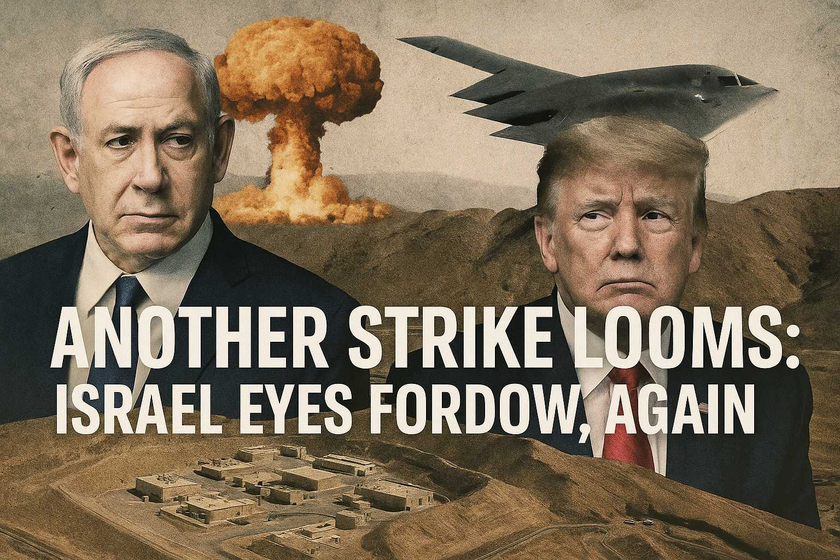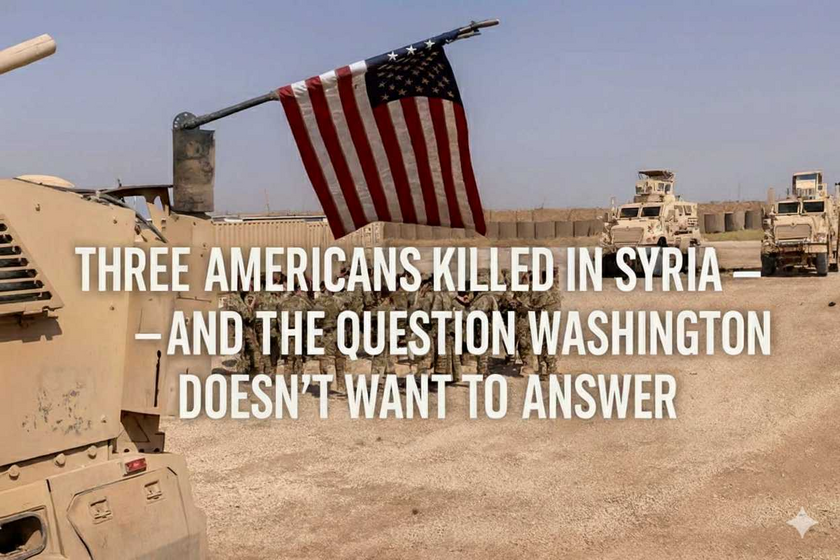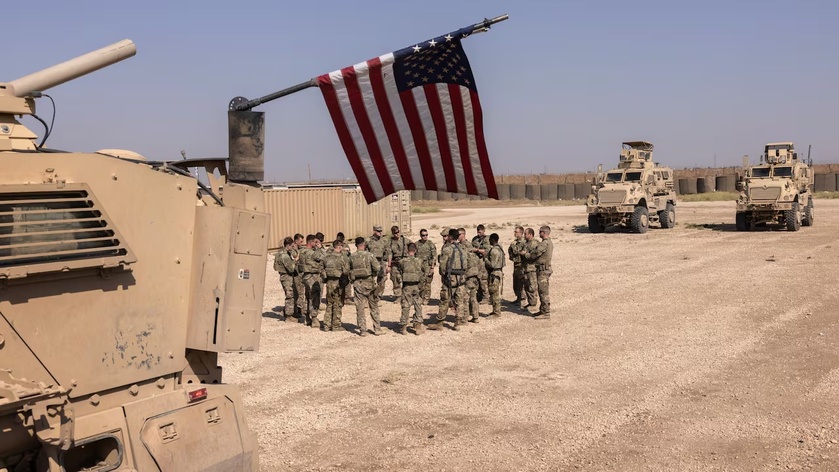By Chuck Holton
Reporting from Jerusalem, Israel
Another Strike Looms: Israel Eyes Fordow, Again
As tensions simmer just beneath the surface in the Middle East, the illusion of ceasefires continues to dominate headlines. But from the ground here in Jerusalem, the reality is far different. Israel appears to be preparing for another potential strike on Iran—particularly the Fordow nuclear facility—amid concerns that time is running out to neutralize the threat of uranium enrichment. Israeli leadership is not waiting for diplomatic ceremonies. They’ve made it clear: the truce was conditional, and they reserve the right to act if Iran continues to endanger Israeli security.
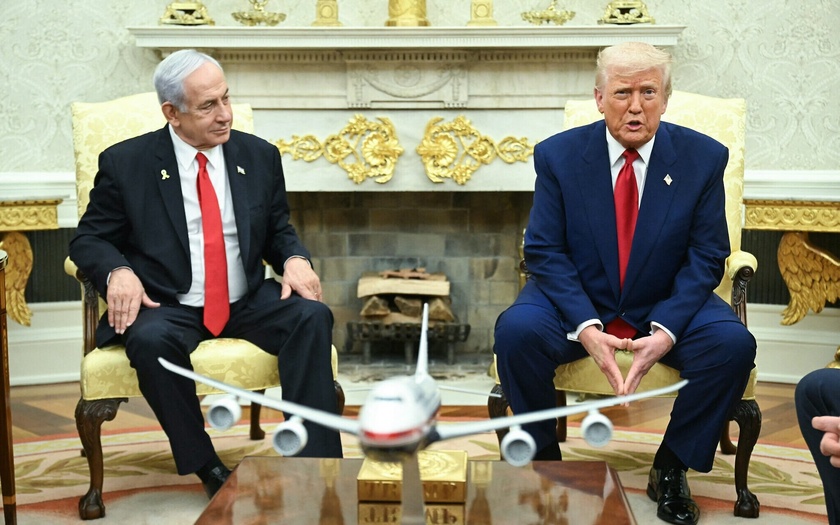
That resolve was evident in Prime Minister Netanyahu’s recent visit to Washington, D.C., where he met twice with President Trump. Despite public speculation, it’s clear Netanyahu was not simply seeking peace talks. He emphasized the necessity of "finishing the job in Gaza" and praised America’s support—particularly the determination of U.S. B2 bomber pilots—as instrumental in reshaping the conflict.
Houthi Menace: Political Theater with Real Victims
Meanwhile, in a display of violence as propaganda, the Iranian-backed Houthis released another highly-produced video showing the sinking of commercial vessels like the Magic Seas—Greek-flagged, Liberian-registered, and completely unaffiliated with Israel. These attacks aren’t strategic; they’re sensational. Poorly trained operatives parading around as commandos show that the goal isn’t military victory but media relevance.
The real tragedy? Innocent seafarers becoming casualties in a conflict they never signed up for. And with every new attack, the narrative of peace grows thinner.
The Ceasefire Charade
Despite high-level efforts—most notably by President Trump—to broker ceasefires across the region, the facts on the ground reveal continued hostilities:
In Lebanon, Israeli forces are conducting daily drone strikes and eliminating Hezbollah leadership.
In Syria, IDF troops continue operations, targeting Iranian militias and weapons depots.
In Iran, mysterious explosions still rock military sites and infrastructure, hinting at covert operations.
In Gaza, heavy IDF activity persists as troops push deeper into urban strongholds like Beit Hanoun and Khan Yunis.
These are not signs of peace. These are signs of a nation that understands its survival depends on vigilance.
The Gaza Dilemma: Feeding the War Machine?
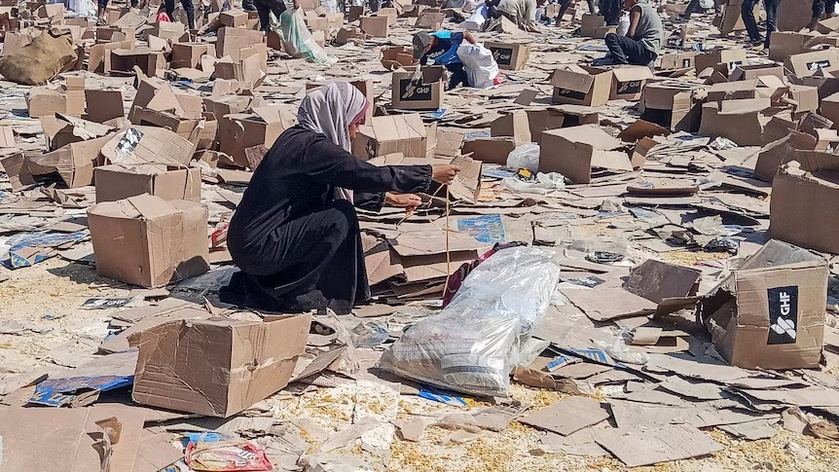
The Gaza Humanitarian Foundation has now distributed over 65 million meals to civilians in Gaza—funded in large part by U.S. taxpayers. But while the aid is vital for many, it raises a vital question: at what cost?

